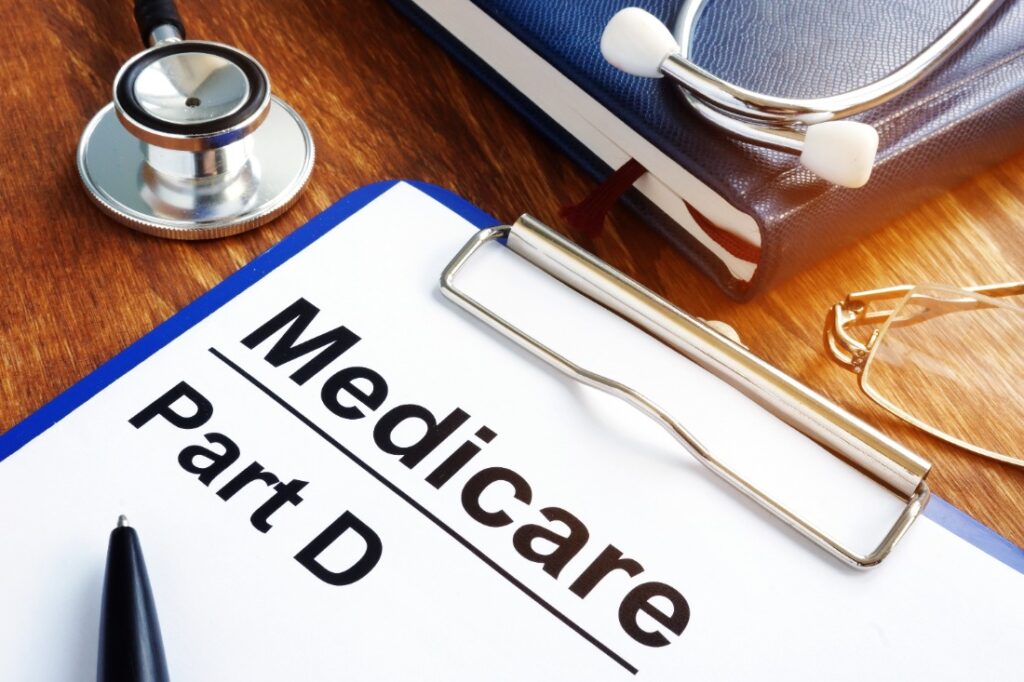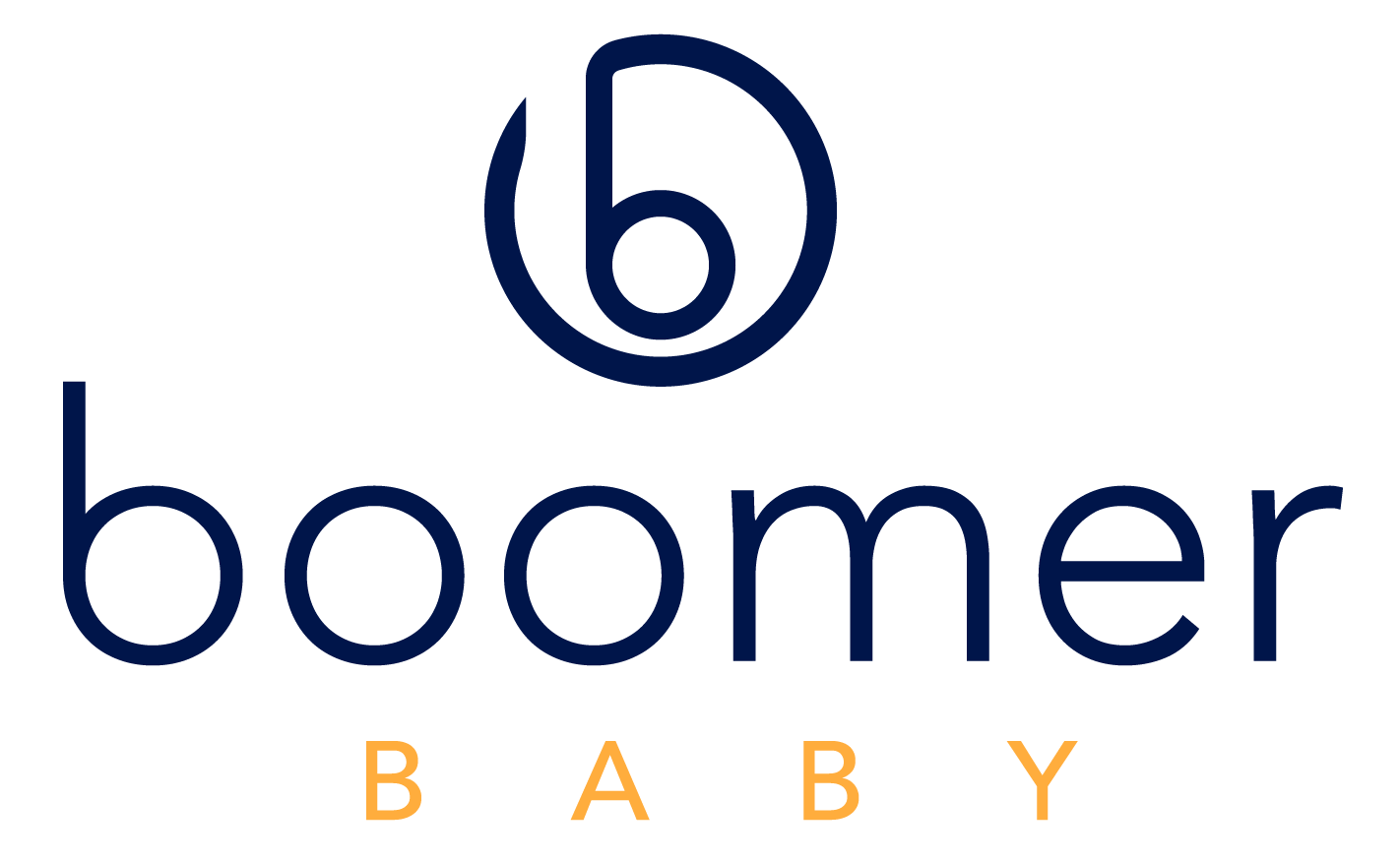
Selecting the Right Part D Drug Plan
Revised on October 28, 2022
Each year during the Annual Enrollment Period (AEP), Medicare enrollees can enroll in or make a change to their Medicare Advantage and/or Part D coverage. AEP takes place each year from October 15th thru December 7th and any changes made are effective on January 1st of the following year. AEP is also the time of year when Medicare eligible individuals are typically bombarded with information about Medicare, so it can feel overwhelming. Understanding a little about how Part D plans work will go a long way in helping you be informed, cut through all the noise, and select the Part D plan that best fits your needs.
First, it is important to understand some basics about Part D drug plans. Part D drug plans can be purchased as a stand-alone Part D plan, often referred to as a PDP, or it can be included in a Medicare Advantage plan, often referred to as an MAPD. No matter how you get your Part D coverage, they have similar characteristics. By law, every Medicare Part D Plan must offer standard benefits per Medicare rules.
Medicare Part D plans each have their own “formulary” or list of covered drugs. For a plan to help cover your medication costs, it must be included on your plan’s formulary. And just like your medication needs, a plan’s formulary can (and often does!) change from year to year. Even if you are happy with your current plan, it’s a good idea to check for any changes for the upcoming plan year and compare your options.
Another thing to understand is that Medicare Part D Prescription Drug Plans have distinct coverage phases and your medication costs will vary depending on which coverage phase you are in. The first phase is the Deductible phase. In this phase, you’ll be responsible for 100% of the costs of your medications until you meet your plan’s annual deductible. Note that many plans do waive the deductible for tier 1 generic drugs. Part D deductibles cannot exceed $505 in 2023, but they can be lower and some higher cost plans have no deductible. Once your deductible is met, you move on to the Initial Coverage phase and remain here until you and your plan spend $4,660 combined on drugs. In this phase, you’ll pay the cost-sharing (copays and coinsurance) shown in the “Initial Coverage phase” column of your plan summary.
Some individuals never move out of the Initial Coverage phase, but if you and your plan meet that $4,660 threshold, then you move into the Coverage Gap phase. In this phase, your medication cost-sharing is 25% of the retail cost for all tiers of drugs (fun fact: during this phase drug manufacturers are providing a 70% discount on brands and your plan pays the remaining 5% of brand drug costs and 75% of generic drug costs). You’ll move to the Catastrophic Coverage phase if your drug costs reach $7,400 in 2023. For brand drugs, what you pay out of pocket, the 70% drug manufacturer discount and the 5% the plan pays all counts toward this $7,400 threshold. However, for generic drugs purchased during this coverage gap phase, you’ll pay 25% and the plan pays the other 75% however only the portion you pay counts toward the $7,400 threshold (referred to as True out of pocket costs or TrOOP).
Keep in mind that your medication cost-sharing varies by drug tier. Typically, there are 5 or 6 different drug tiers and these may vary from plan to plan. Your plan summary will tell you the tier of your medication will show your cost-sharing by drug tier and coverage phase.
Out-of-pocket costs can vary depending on where you fill your prescriptions. Pharmacies may be a “preferred” pharmacy with certain plans. Others may be in-network but not preferred and others may not be in-network at all. Usually (but not always!) you’ll get the best prices when using preferred network pharmacies. Check your plan summary to see where you’ll get the best pricing.
If you search for Part D plans at Medicare.gov, you’ll start by entering your medication information and pharmacy preferences. Available plans are displayed by lowest overall costs to highest. Overall costs include the monthly premium and your medication cost sharing while factoring in the applicable deductible. Medicare also gives you the option to view plans by lowest to highest premium or lowest to highest deductible. It’s important to know that a lower premium plan or a lower deductible plan may not be a better priced plan for you in terms of overall costs. Selecting a Part D plan and enrolling with the help of a licensed insurance agent can make this process easier and provide peace of mind. The costs are the same for you whether you enroll directly with the plan or with the help of an agent though agents may earn a commission from the carrier for plans they help you enroll in.
Each Part D plan (and Medicare Advantage plans) has a star rating. Medicare star ratings are based on quality and performance and each Part D and Medicare Advantage plan receives a rating between 1 and 5 stars, with 1 being poor and 5 being excellent. Ratings are weighted by enrollment numbers.
If you need assistance paying for prescription drugs you may be able to qualify for Medicare’s Extra Help program or another pharmaceutical assistance program that could be available in your state. For individuals who are not automatically enrolled in Extra Help, you can apply online or contact Social Security at 1-800-772-1213.
